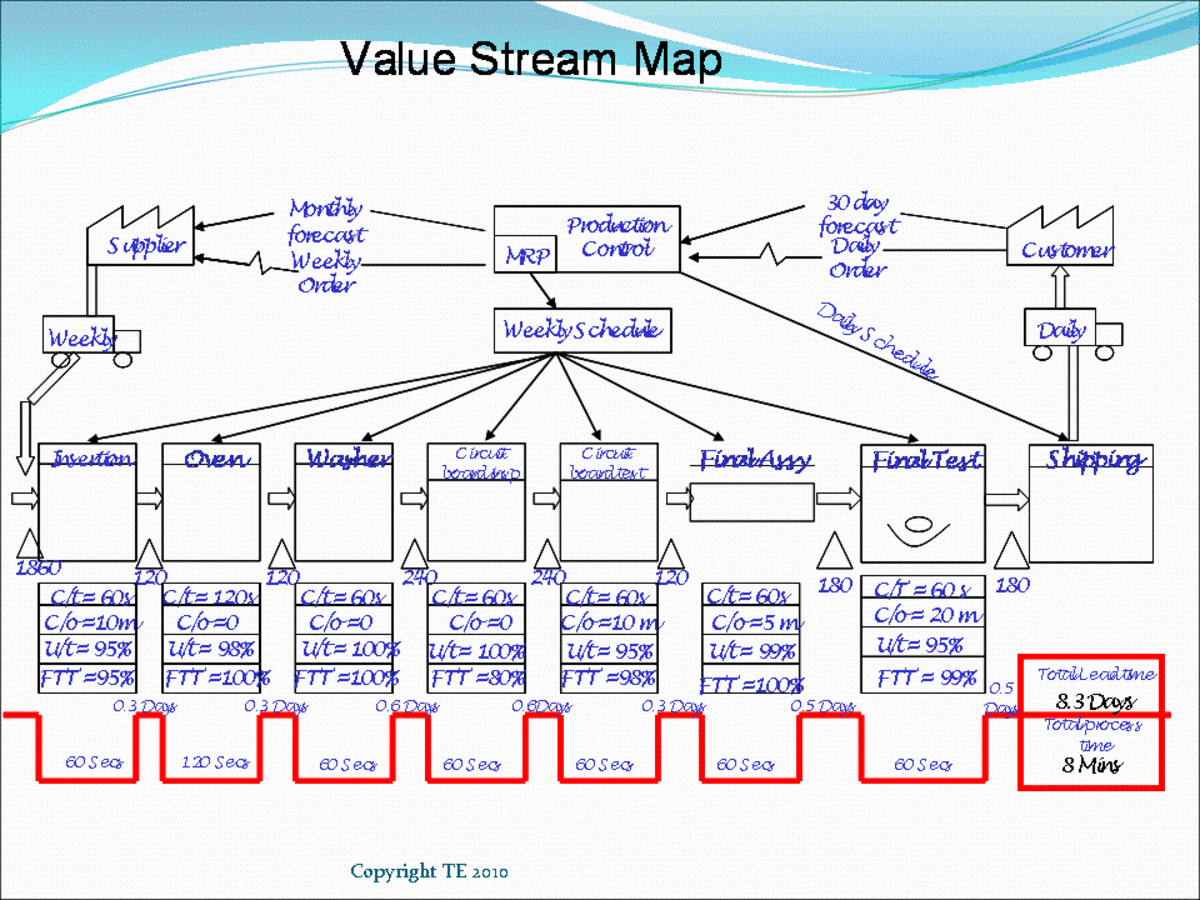- HubPages»
- Business and Employment»
- Small Businesses & Entrepreneurs»
- Business Plans
Case Study: Managing the Complexity of Your Freelance Writer Business

PRESENTATION
We can use free digital benefits like the ones many platforms give. Always considering (and ideally, curating) the suppliers and their services for purchasing paid services further down the road.
We should, by all means, do this, because free isn’t enough, even if you have all the free applications and free web apps that you think you’ll need. When we know more about what works for us we should decide on the best paid services and allot some monthly budget to them.
A business can’t be designed in a stream-of-consciousness fashion. I haven’t been to business school, but that doesn’t mean I’m illiterate in business education. I tried the slipstream approach to building several of my businesses and they failed miserably.
When I switched from technician to copywriter I wanted to take a different approach. Not what I had done up to then. Which was going to the market first, and doing everything (or even not doing it at all) later.
One of the businesses that failed miserably was a computer repair service I wanted to build. The local market wasn’t inspiring in the least. This affected me, I simply didn’t want to bother to approach the startup process methodically. Even if I would have approached it that way, I doubt that business would have succeeded.
Yet, when I switched careers, to freelance writer, I decided to take the complete opposite approach. I like to call this take on building a business
“The Germane Approach”
I mean by a germane take on startup building to just plan everything with a high grade of exhaustiveness, depth, and granularity. To document everything and retain everything of value and make a habit of it, so it becomes second nature.
Maybe how I expressed myself in the previous paragraph sounds like potential trouble ahead, and it might raise red flags with some. Don’t worry, I don’t mean to be a maniac of planning and organization that ends up lacking energy in the action and networking departments.
I think we should strike a balance between planning and acting, but organizing should come before acting, as I see it after having tried the ultra-simple approach.
I just wanted to manage all the computer repair service business processes (except the “corporate” site) with the computer of my intellect, and it just wasn’t possible.
Even if the business is ultra-simple, like for instance an internet-based confectionery sale/delivery outfit, careful preparation work is required.
It’s not as simple as a two steps process that you’ll manufacture your product and then sell it. Excuse me if this is obvious, but this is what I did back then. I will call this the KISWS model, Keeping It Simple Was Stupid.
Go Guessing How Many Processes Your Business Will Need
I chose to research business models before starting to write any content for the Web, any strategy content. I created my business model, mixing and matching several of them that someone had already laid out.
After I had that prototyped, I came up with the germ for what would become my customer personas (profiles of the target clients) and customer relationships plans.
The business model, confronted with the target market and audience plans, and the archetypal customer personas, all these research documents feedback on each other.
We should use a blueprint for all of the documents we employ in this initial work. Otherwise, we can’t see where the plans have their gaps; the underdeveloped parts that we need to work on.
After that, all kinds of documents come into play, and one shouldn’t go overboard creating documents indiscriminately. There’s always the Web and the experience of others to give us ideas about what business documents we should create, feed and maintain.
- Business Model Canvass
- Operating Business Plan
- Marketing Master Plan
- Marketing Mix
- Deals Plan
- Sales Plan
- Investment Plan
- New Features Plan
All these should be drafted before going to the market for the first time. Even if we lack the customer intelligence required to fill some of the gaps that are going to appear, we must feed as much as possible each of these plans before outreaching to potential customers for the first time.

Challenges
There’s a deluge of content in all the formats. There’s no way to make sense of it unless we adopt methods to curate the valuable content after we found it.
Getting to know your potential clients and the overall community of your industry must be integrated into the daily system, what to say of dealing consistently our value and sharing the value of others?
I don’t see how we can do this if we don’t do something to curate everything of interest and value that we find and would hate to forget.
Containers
Text files (.TXT) that you record with the notepad aren’t appropriate for anything that’s a resource or an asset. Plain text files aren’t appropriate for anything other than code, or to strip some formatted text of its formatting.
Business plans that have gloss need at least .RTF format.
For containers, we should use
- Spreadsheets
- Databases
- CMSs
- CRMs
- Worksheets
- Read-later Apps
- Newsreaders
- Social Bookmarking
- Calendars
Programs that give ease of use, and power, when what we need is to store, retrieve and manipulate a record alone or in relation to others that are similar.
Bookmarks
I believe that they should be used for actionable things, resources (like sourced images), assets, and web apps only. The moment you start to mix these kinds of markers, with quality 3rd party content, you begin making a mess.
What I mean is, bookmarks still are useful, as we’ll see later in this case study, but for quality content is that we need to act upon later, it’s better to use a read later application for many reasons.
If one insists on using bookmarks indiscriminately, then a social bookmarking tool, like Delicious, is a must. There’s no ease of use or flexibility in conventional web browsers when it comes to bookmarks.
Emails
One better starts to organize the mailboxes and their accounts from day one, and have everything neatly organized in folders, subfolders or labels.
Emails have the potential to become unmanageable fast. A mess in an unmaintained mailbox can take days to be tidied up.
Business Processes
Once we have the container technologies we are going to use figured out, it’s time to begin identifying the daily business process we are going to use to conduct business.
There are some core business processes that we are going to perform always and constantly. For instance, content writing.
Others may be cyclical, seasonal or sequential, and finally, there may be temporary ones that we aren’t going to repeat because the effect of having already performed them is permanent.
To have the business process already chosen and organized in a worksheet is essential before we start to plan our daily schedule.
Use a work calendar, because, if you’re a solopreneur, then you have to do everything yourself and the only way to do it is a little at a time but constantly.
It’s tricky, because there may be processes you might have chosen to perform, that you can’t perform if you don’t work on something else (another process) before.
In that case, it’s better to not incorporate the waiting processes at all into the daily schedule until you finished working on the requirements, and you are sure the tasks you need to do are going to take at least half an hour.
To gain momentum for a process that you still can’t fill not even thirty minutes without running out of things to do, it’s better to exhaust everything that needed to be done as a pre-requisite.

Complexity Management Furnishes Business Traction
Calendars
The space constraints of a calendar program, when in month view, are a very nice template to know how many processes we are going to execute daily.
If you decided on an eight hours workday then, you have to allot one hour or half an hour to each process for the day. So if you decide to use only the one hour measure, you must perform eight different processes per day.
My content writing service employs 136 different business processes at this moment. Of course, many of these are just sub-processes of a main broad category.
For example, my Content Tasks process has fifteen sub-processes, which in turn have six sub-sub-processes. If I didn’t unbundle the broad processes like this in a spreadsheet I couldn’t possibly manage my daily tasks with a calendar program. Using a spreadsheet to unbundle them, I could narrow the 136 to just about a dozen different processes per week.
This is for the work calendar. In the case of content writers, there’s a must to have an additional calendar, the editorial calendar. In the editorial calendar, we outline all the objectives of the content strategy, what content we need to write and its deadline or date of publication.
Workflows
It may come a time when we have everything we need as background requirements to conduct business efficiently. But it can feel overwhelming. Enter workflow design.
When we begin to conduct each process routinely it might be the time to begin designing workflows for the processes in which we are more challenged. It can be a flowchart, an .RTF file, or both.
It must explain in a step by step manner how to conduct the process, what applications to use, etc.
A Basic Stage of The Outreach Workflow: Job Calls
If you are in the phase of finding clients, then you might use freelance work platforms and classified ads sites. One essential thing to integrate into the daily outreach workflow are email daily alerts and browser tabs.
Daily Alerts
Many classified ads sites have a daily alerts email feature. Using this is okay, but it’s not enough. Not just because there are other useful sites that don’t have this feature. With some sites, you have more luck if you check the email alerts first, and then go to the website itself and make a search. I know this sound superfluous, but it has worked for me.
Bookmarked Sites
With just two clicks you can load all the sites you use daily to find job calls.
Some sites don’t have daily alerts and you have to go to them daily to see what job calls you can postulate yourself for the day.
It’s very nice to have those sites already bookmarked and ready to be loaded, by having them in the bookmarks bar of your browser.
Of course, if you decide to cross-check the ones you already are receiving alerts from, nothing stops you for having all those bookmarked and ready to be loaded too.
© 2019 Martin Wensley








